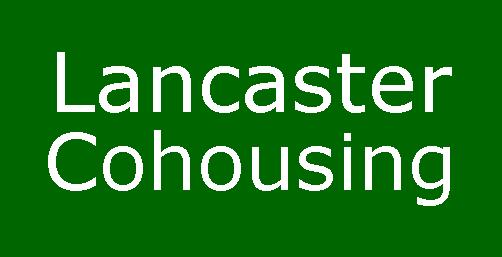Cohousing as a way of living
What is cohousing?
Cohousing is a housing development that balances the advantages of owning or renting your own home with the benefits of shared common facilities and connections with your neighbours. These co-operative neighbourhoods are clustered around a pedestrian street, and are designed to encourage social contact with neighbours while respecting individual space. They are organised, planned and managed by the residents themselves. Private homes contain all the features of conventional homes, but residents also have access to common facilities such as a common house with shared cooking and dining facilities, a children's playroom, guest rooms, workshops and laundry. Often there is an aspiration for greater sustainability both in the building design, and in community life.
Are there other Cohousing projects?
There are many successful communities in Denmark, Europe, the US and Canada. In the UK there are a small number of up and running projects and many more forming groups.
Benefits of community life
Listen to this 10 minute TED talk to hear how cohousing could save your life and a TEDx talk by one of our members about the Power of Sharing.
Benefits for children and young people
We did a quick study at our Forgebank Cohousing community (Lancaster Cohousing) into what it’s like for families with children living here. Watch this film which features many of our children and parents.
Some of the benefits of raising children at Forgebank, according to parents of some of the younger children….
- “We have a very sociable child, who enjoys playing with other children, and this is a great place for that.”
- “The thing my child likes most about life in Community is: access to other children, pedestrian street, interesting places to play e.g. woods, river. Playing with other children in the Common House after meals, and having other adults willing to let the children play with them in their houses.”
- “There are nice opportunities to help within the Community, whilst having fun, e.g. Community work parties, cooking (in our Common House), SUMA delivery order (for the Community shop).”
- “We have several small play areas / equipment for younger and older children in the community and the woodland nearby.”
- “Access to the Makerspace and the opportunity to use tools that we would not buy ourselves.”
- “It is easy to go with other families to events and car share (orienteering, play in the park, fireworks).”
- “There is great, safe cycling to Caton/Lancaster.”
and parents of our teenagers…
- “A variety of people to interact with in Cohousing, which would not happen in a traditional home. The informal conversations that happen over meals covering anything from art to music, engineering to climate change that expand a young persons views.”
- “The combination of hyperfast broadband and easy access to the wilds of the Dales, the Lakes and the Forest of Bowland provide abundant entertainment and activity for teens in the community.”
- “The chance for my son to work in/for Halton Mill doing marketing and organising events.”
- “Interacting with all ages - playing with the younger ones, being asked to do childcare for families, make cakes for events, and helping with IT issues.”
Benefits for older people
‘The 'cohousing community' is a subject of mounting interest to older people in Britain. It offers a realistic alternative to a tradition of paternalism and benign neglect in relation to the old and isolated. It involves the older person as citizen not service recipient.’ from Housing LIN’s Cohousing for older people.
As an introduction, read the many useful links from the Housing LIN article, or the Which report on Housing options for later life .
There are several senior cohousing projects in the UK, including Halton Senior Cohousing which is being developed on a site next to Lancaster Cohousing.
Where can I learn more about cohousing?
Buying or renting a home in a cohousing community like Forgebank is to join a community of people who intend to live collaboratively, which is why it’s called an intentional community. This is a big commitment and not for everybody. Here is some recommended reading and some questions to help you decide whether cohousing could be for you. We recommend:
- Cohousing by Kathryn McCamant and Charles Durrett - it’s a great first book to get a 'feel for' cohousing.
- Finding Community - how to join an Ecovillage or Intentional Community by Diana Leafe Christian, New Society Publishers, 2007
- Creating a Life Together - practical tools to grow Ecovillages and Intentional Communities by Diana Leafe Christian, New Society Publishers, 2003
Here are some links to other cohousing groups in the UK and further afield. You can get more information from the UK Cohousing Network.
